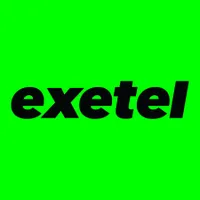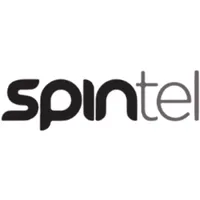NBN speed upgrades: everything you need to know about Australia's new, high-speed internet
All your questions answered surrounding the brand-new speed tiers available on the NBN
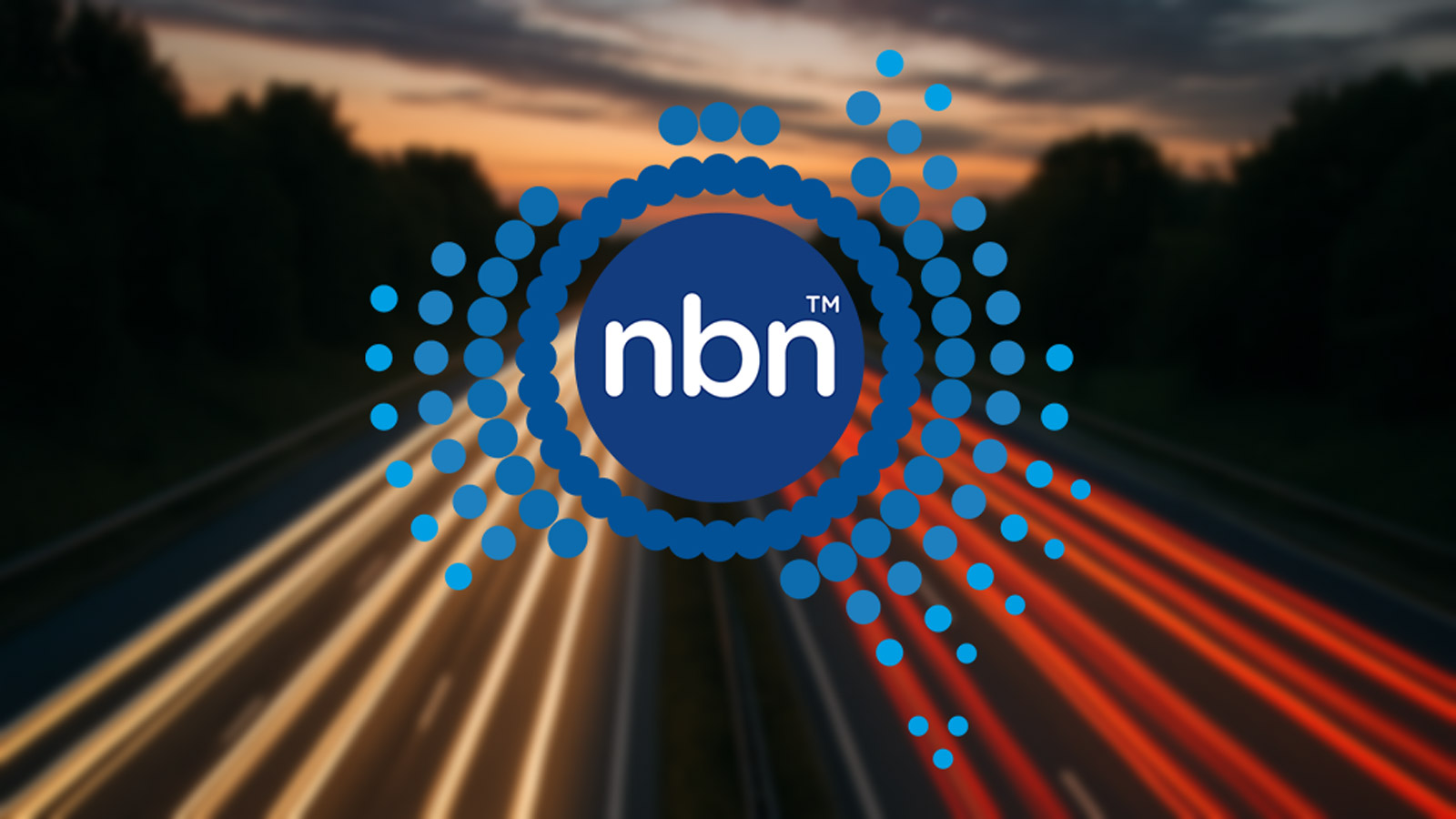
Following a year of teases and updates, the NBN speed upgrades are now officially live in Australia. That's exciting news, because it means millions of Australian homes now have access to much, much faster internet speeds at home – a minimum of 500Mbps and up to a new maximum of 2,000Mbps.
If you've heard whisperings about the speed boosts, or you've been contacted by your current provider to inform you about them but you're unsure exactly what it all means, you've come to the right place.
What are the NBN speed upgrades?
In short, NBN Co has introduced a new speed tier known as NBN 2000, which offers up to 2Gbps download speeds – double that of the current fastest gigabit NBN 1000 tier.
Alongside this new tier, NBN Co has also announced some speed upgrades to a selection of the current NBN tiers:
- NBN 100 plans have seen a 5x speed upgrade to become NBN 500, with a maximum download speed of 500Mbps
- NBN 250 plans have received a 3x speed boost to become NBN 750, with a maximum download speed of 750Mbps
- NBN 1000 plans have been upgraded to a minimum guaranteed speed of 750Mbps, but still a maximum of 1,000Mbps. They’ve also received a bump in upload speed, from 50Mbps to 100Mbps. They’re still be referred to as NBN 1000.
When are the NBN speed upgrades happening?
NBN Co had penned September 14, 2025 as the date the upgrades would be made available to retail service providers (RSPs) at a wholesale level. I noted that as of September 15, that was the case. Now, a month on from the introduction of the new speed tiers, all the providers I monitor have rolled out the upgrades.
The majority of RSPs I monitor here at TechRadar have made 500Mbps and 750Mbps plans available for sign up on their websites. I've only seen a small handful of RSPs offering 2Gbps plans.
Who can access these NBN speed upgrades?
Because of the higher speeds involved, these speed upgrades are only available to households and businesses that connect to the NBN via either a fibre to the premises (FTTP), or hybrid fibre coaxial (HFC) connection type.
Sign up for breaking news, reviews, opinion, top tech deals, and more.
If you've always connected to the fixed-line network via either of these connection types, then I imagine you would have already been contacted by your internet provider and received the speed boost relevant to the plan you were already signed up for.
How can I get the NBN speed upgrade?
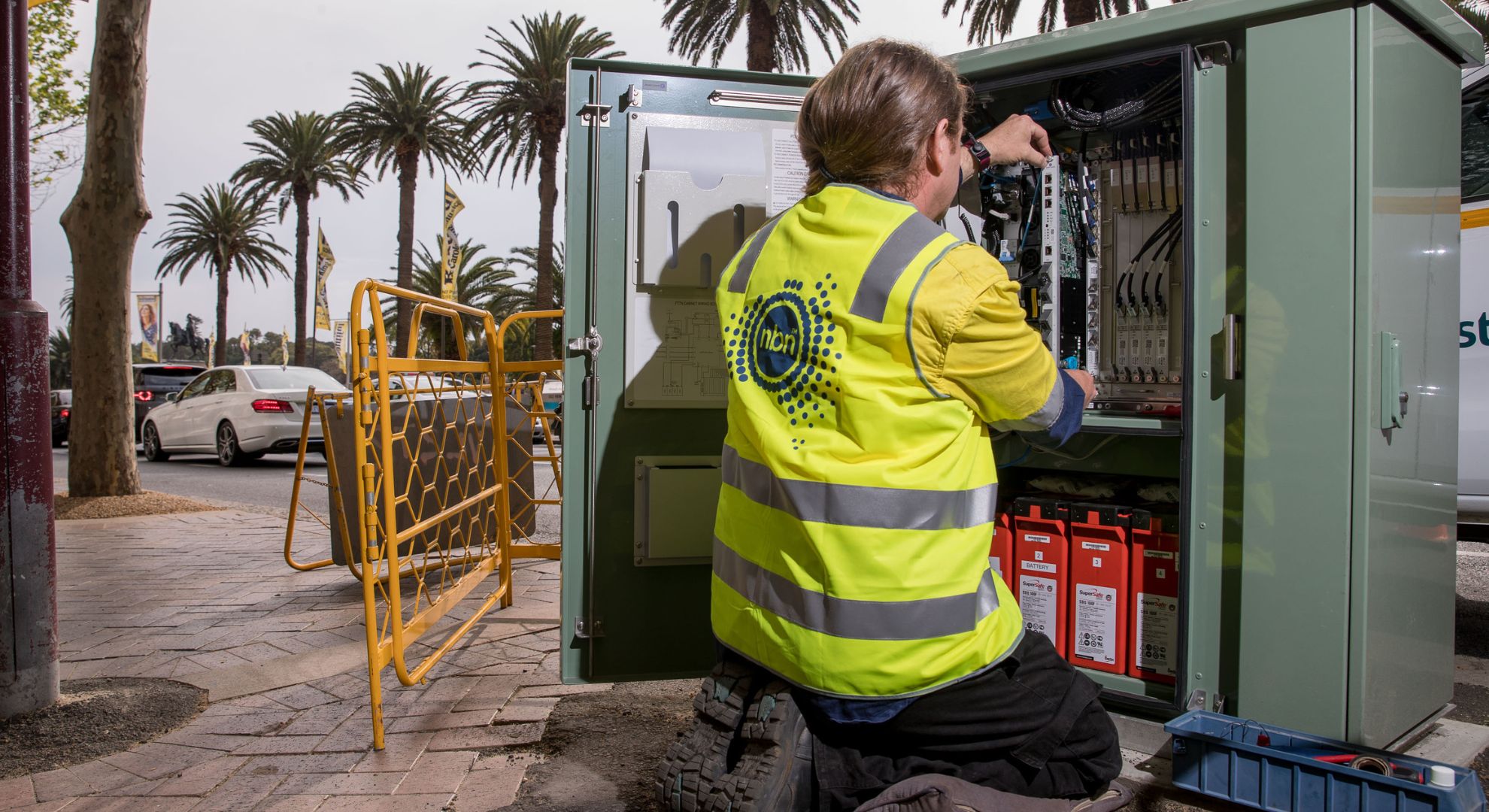
If you already connect via FTTP or HFC and you were signed up to an NBN 100 plan or higher, then you RSP should have automatically pushed the speed increases out to you. If you haven't already, you may also want to consider a new modem-router to achieve the new maximum speeds of your plan, which we’ve detailed a little more below.
If you want to upgrade to the brand new NBN 2000 tier, however, then you’ll need to sign up for a plan via an NBN provider. Most customers signing up for NBN 2000 will also need a new network termination device (NTD), which requires a technician to visit your premises to install. This will be arranged after ordering the plan from your selected RSP.
If you currently connect via a fibre to the node (FTTN) or fibre to the curb (FTTC) connection, then you will need to have the equipment upgraded to FTTP to access any of these upgraded speeds. Many FTTN and FTTC connections can access this upgrade for free thanks to NBN Co’s free fibre upgrade program, as long as you live in an eligible suburb.
The majority of suburbs in Australia where a fixed-line NBN connection is available should now be eligible, and NBN Co has previously stated it intends to make the program available to 10 million households by the end of 2025.
If you don’t know what connection type is at your address, you can use the NBN’s free address checker to find out.
How much do the upgraded NBN plans cost?
NBN Co promised the upgraded speeds would arrive at no extra cost to RSPs, which in turn meant there shouldn't have been any price increase for customers. Based on my initial searches of the best NBN plans, it does indeed seem as though prices haven't changed.
In fact, in some cases I've seen NBN 500 plans being offered for less than an NBN 100 plan from the same provider. As a side note, I do see the 500Mbps tier becoming the most popular of all options, as in my opinion it offers enough speed for most homes at incredibly affordable prices.
I did wonder if there would be price increases from some providers due to accessing the internet that’s out of NBN Co’s hands – international bandwidth. Because the National Broadband Network infrastructure only operates within Australia, it’s up to each provider to organise its own international connections.
These are required to reach any sites or services that do not have servers located in Australia. While many major brands and platforms (such as YouTube, Facebook, Instagram, Microsoft and PlayStation) do have Australian servers, there are some notable exceptions – TikTok being a key one – and traffic to these does theoretically come at an additional cost to RSPs. In particular, if providers believe the increased speeds will strain their current capacity to serve international traffic – and they’ll therefore need to purchase more bandwidth to cope – they may pass on a small increase to customers’ monthly fees.
Will my current modem-router still work with the new speeds?
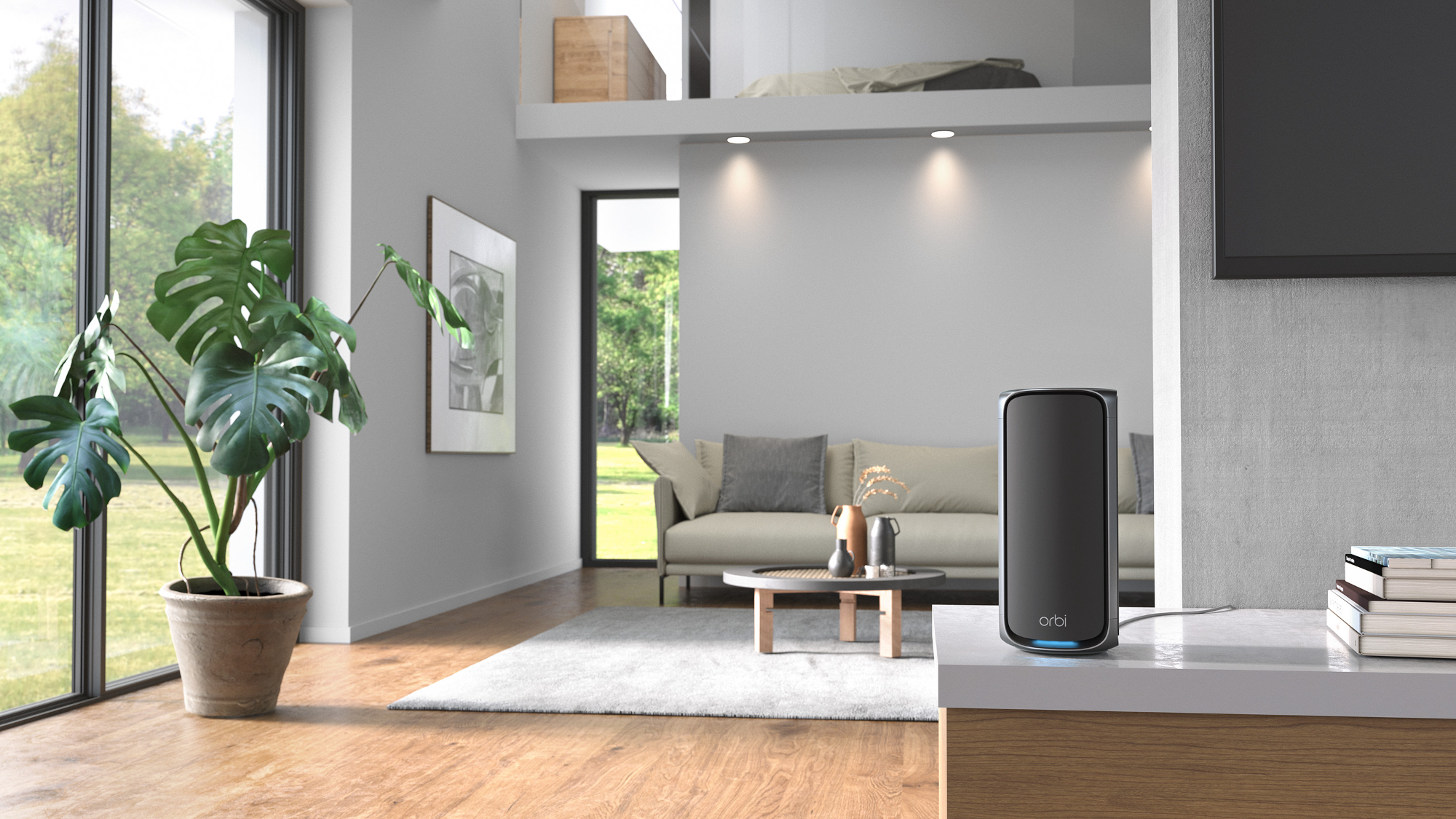
The main recommendation we can make regarding the upcoming speed boosts is, if you do get them, you’ll want to make sure you have a suitable Wi-Fi router at home that can support the faster speeds.
More specifically, you should arm yourself with at least a Wi-Fi 6 modem, or to futureproof yourself even more, Wi-Fi 7. Both of these Wi-Fi technologies are able to support greater overall bandwidth compared to Wi-Fi 5 routers, and much faster download speeds than Wi-Fi 4 routers. It should be stressed that an older Wi-Fi 4 router will likely struggle to provide the full bandwidth of an NBN 500 plan, so if you’re using an aging router on this plan, consider upgrading it.
A Wi-Fi 5 router is theoretically fast enough for up to an NBN 1000 plan in a perfect environment, but few of us live in one. So, to compensate for potential interference (like walls or other nearby routers) and the natural drop in speed that happens as you get further away from your router, it’s wise to upgrade to a model that will provide significantly more overall bandwidth than your NBN connection itself offers.
Considering more and more connected devices now integrate at least Wi-Fi 6, opting for a router that can match them is a good place to start.
For more information regarding routers and the NBN speed upgrades, be sure to read our in-depth guide.
What NBN plans should I get?
If all this talk about NBN speed upgrades has you giddy with excitement, but you're unsure which plan is best for you, I've highlighted a few below that I think offer immense value.
For more options, be sure to check out our guides to the best NBN 500 plans and the best NBN 750 plans.
Exetel One | 500Mbps | AU$80p/m
Exetel was one of the first to market with an NBN 500 plan and, on paper at least, it's a doozy. You're promised the full 500Mbps during the busier evening hours, along with some added perks such as boosting the speed and dropping the cost a little when you're away from home. It's also highly affordable, costing less than some plans that are 20x slower!
• AU$80 minimum cost
• AU$960 yearly cost
Spintel | 750Mbps | AU$80p/m (first 6 months, then AU$90.95p/m)
Spintel's NBN 750 plan is a fine option if you think the speed tier is for you. In my mind, if you think a 500Mbps plan is too slow, then you may as well go for a gigabit plan. Still, Spintel's midway plan is priced attractively and promises maximum plan speeds.
• AU$80 minimum cost
• AU$1,025.70 first year cost
• AU$1,091.40 ongoing yearly cost
Superloop | 860Mbps TES | AU$85p/m (first 6 months, then AU$109p/m)
Superloop's NBN 1000 has been a favourite of mine for some time. And the good news is, it's especially affordable, with AU$144 in total savings over the first half-year.
• Total minimum cost: AU$85
• First year cost: AU$1,164
• Ongoing yearly cost: AU$1,308
• View more of the best NBN 1000 plans
You might also like
- View our current pick of the best NBN plans
- Find out who we rate as the best NBN provider
- Check out the best NBN 100 plans in line for the speed upgrade

Max is a senior staff writer for TechRadar who covers home entertainment and audio first, NBN second and virtually anything else that falls under the consumer electronics umbrella third. He's also a bit of an ecommerce fiend, particularly when it comes to finding the latest coupon codes for a variety of publications. He has written for TechRadar's sister publication What Hi-Fi? as well as Pocket-lint, and he's also the editor of Australian Hi-Fi and Audio Esoterica magazines. Max also dabbled in the men's lifestyle publication space, but is now firmly rooted in his first passion of technology.
You must confirm your public display name before commenting
Please logout and then login again, you will then be prompted to enter your display name.
